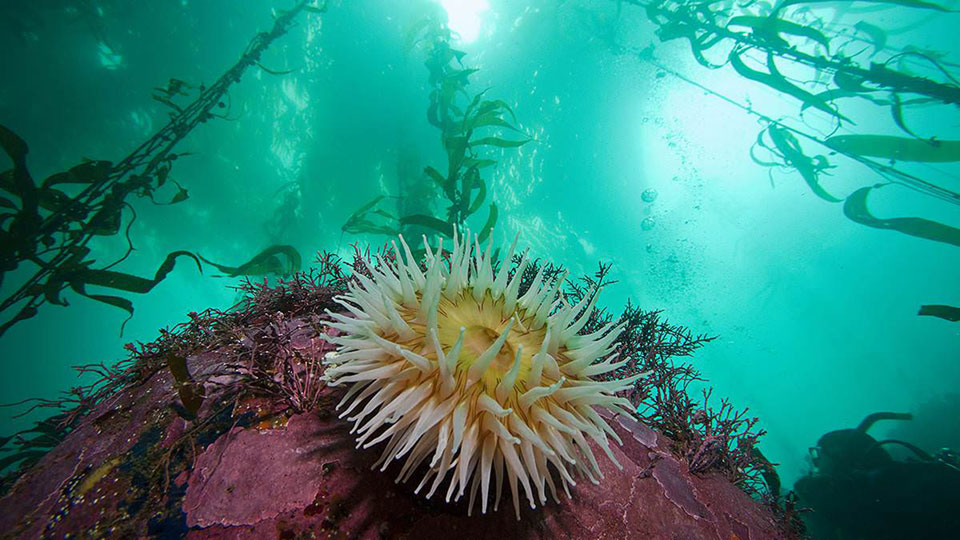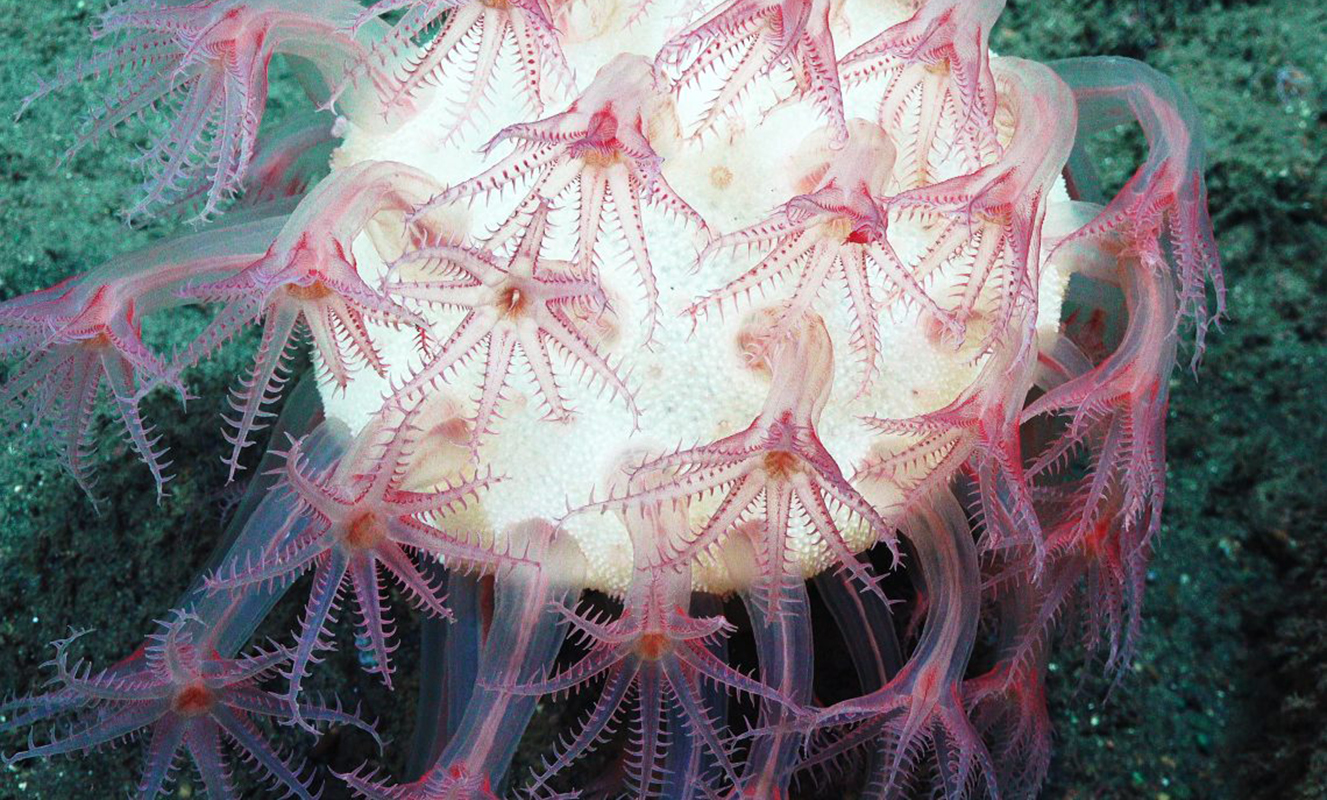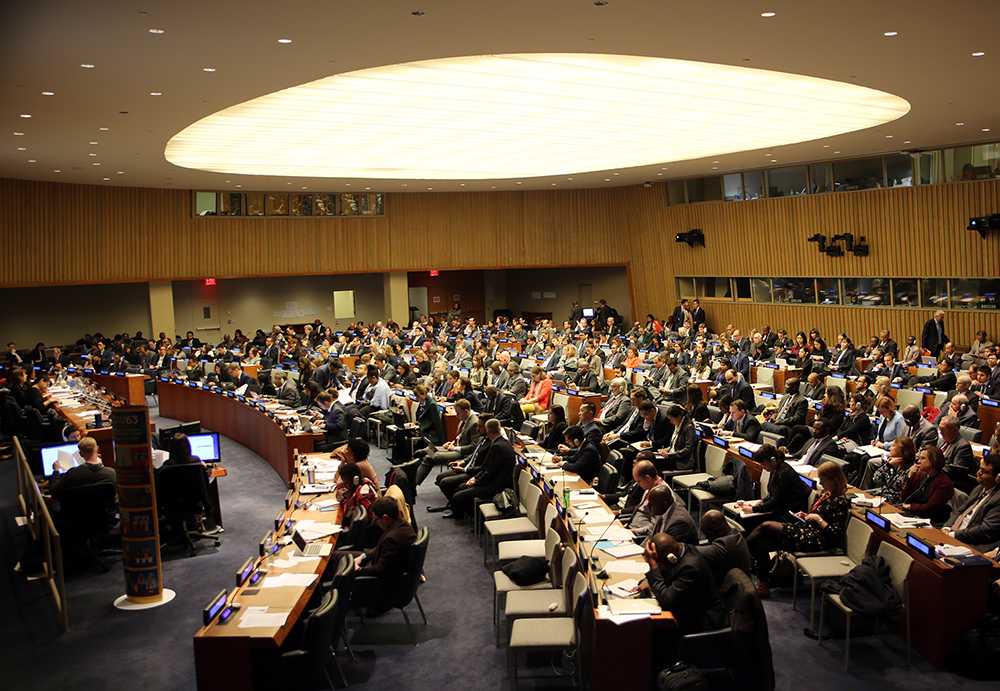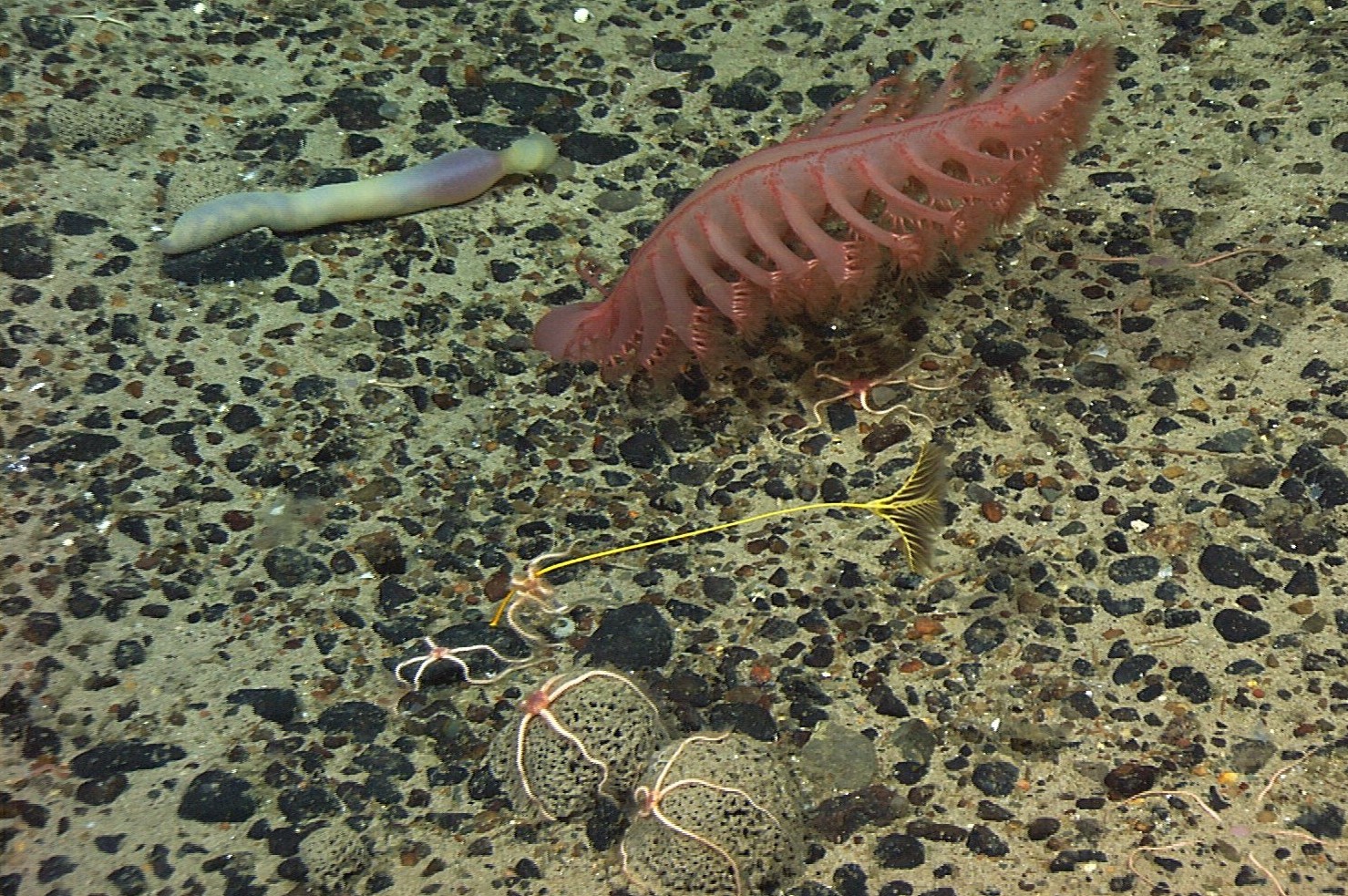Rebecca Helm, Nichola Clark, and Diva Amon for the Deep-sea Mining Observer
The High Seas cover nearly half of Earth’s surface, and hold over 90% of livable habitat on the planet. Yet the High Seas fall under no single nation’s jurisdiction (similar to the ‘Area Beyond National Jurisdiction’ (ABNJ)), and as a result, governance of this region falls to the United Nations. While some industries on the High Seas have been operating for decades, like fisheries, others, like deep-seabed mining, are just beginning. We believe a measured and holistic approach must be taken on the High Seas in order to protect and conserve this hidden half of Earth. In our letter to the United Nations, published this month in the journal Science, we make three recommendations that should be implemented to protect biodiversity and secure a healthy equitable ocean that serves the needs of current and future generations. These include: 1) creating a network of fully-protected marine protected areas in ecologically diverse and important locations, 2) a re-imagining of environmental impact assessments and monitoring tools, and 3) a robust international institutional framework to enable the successful implementation of these safeguards. These tools should be incorporated into the Biodiversity of Areas Beyond National Jurisdiction (BBNJ) treaty, which has final negotiations tentatively scheduled for 2022.
Those in-the-know may be wondering: what does this have to do with deep-seabed mining? After all, the United Nations Law of the Sea Convention (UNCLOS) very clearly gives the International Seabed Authority (ISA) exclusive jurisdiction over mineral and non-living resources of the Area, however, the entity responsible for managing the living resources on the seafloor is murkier. Negotiators of the new BBNJ treaty are charged with creating an Agreement that would enable the conservation and sustainable use of biodiversity in areas beyond national jurisdiction broadly, which includes both the High Seas and the ABNJ. The BBNJ treaty can provide a lens through which we manage our oceans via a more realistic and holistic perspective. While some are concerned that this treaty will complicate international ocean governance and make the work of existing organizations, like the ISA, more challenging, many institutions that currently govern resources of Areas Beyond National Jurisdiction already undermine, or have the potential to undermine, each other. Far from creating more conflict, the BBNJ provides a potential solution to some of these challenges.
Our first call to the United Nations is to construct protected areas for biodiversity in areas beyond national jurisdiction. This is immediately relevant to deep-seabed mining because mining activities will not only impact the seafloor, but also the water column via primary and secondary plumes. The creation of protected areas is critical for a sustainable ocean future, because currently conservation efforts from one organization can undercut the efforts of other organizations unless all measures fall under a common umbrella. Currently, there is a lack of standardized rules (or a template) for creating the ISA’s Regional Environmental Management Plans (REMPs) and the impact of this lack of clarity is evident. The most blatant example may be the unique hydrothermal vent field in the Atlantic Ocean known as “The Lost City”. It has been recognized as an ecologically and biologically significant area (EBSA) by the Parties to the Convention on Biological Diversity and flagged as a potential World Heritage Site by the United Nations Educational, Scientific and Cultural Organization. Yet, in spite of the international community’s recognition of the importance and significance of this site, and over objections from scientists and conservationists, the ISA authorized an exploration contract area for Poland that contains the Lost City. As of yet, no protection has been conferred to this important site, nor any of the active hydrothermal vents in this region (Gollner et al 2021). The International Seabed Authority does have area-based management tools it could use to protect areas of particular environmental interest from mining activities, but it has to-date only recognized these areas in the Clarion-Clipperton Zone of the Pacific. Area-based management tools that are proven to be effective should be a cornerstone of the BBNJ–not only should the BBNJ be empowered to establish its own Area-based management tools, such as MPAs, it should also serve as a catalyst that encourages other management organizations (such as the ISA) to establish coordinating and complementary protections within their own mandates. Proven area-based management tools should also be put in place before mining is permitted.
While protected areas are an important part of our efforts, our second point: to reimagine Environmental Impact Assessments (EIAs), is the most critical. Traditional EIAs require “before” or “baseline” knowledge of an ecosystem, and because most EIAs have been done on land or in near-shore environments, usually there is also some implicit or explicit assumption of containment. However, although mining contractors are obliged to collect baseline data, this has been done at a variety of quantities and qualities, and as of yet, and there are few mechanisms that can be used to hold the ISA accountable for critically assessing the data. This means that for most of the areas where deep-seabed mining licenses have been granted, there is little to no understanding of the biodiversity or its functions. Even a decade of study will leave us woefully under-informed in comparison to near-shore data. More challenging still, the deep ocean is relatively untouched and globally interconnected. Estimating any industry’s impact on areas beyond national jurisdictions is like estimating the size of an iceberg in the dead of night from the deck of a ship. We simply do not know what will hit or where. And for this reason, a slow and careful approach is essential so that we are able to pivot quickly when the data indicate that our current path will lead to our own destruction.
Given these uncertainties, how do we, as a global community, assess impact on areas beyond national jurisdictions? Such evaluations should use comprehensive and rigorous global standards with transparent monitoring. For example, because the high seas are dynamic and poorly understood, strategic environmental assessments will be required to design effective policies in the future (Ban et al 2014). Prior assessments should place a premium not only on characterizing biodiversity, but also on understanding genetic connectivity and life history (for example, many deep-sea organisms grow extremely slowly, and some species may be very localized). In addition to prior assessments, all stages of development should be accompanied by exhaustive environmental monitoring that is continuous, thorough in its coverage of all potentially impacted environments, and fully transparent to high-seas stakeholders, including the general public. Our final call in the letter is that the BBNJ treaty should establish a robust institutional framework that will enable the successful implementation of these safeguards. At a minimum, the changes will require an administrative body, a decision-making body, a scientific committee with influence over decision making, and a compliance committee. All activities, decisions, and plans should be open and transparent. There are similar needs to regulate the ISA’s activities as such.
Deep-seabed mining is one of the most high-stakes industries beyond national jurisdiction. Not only are the environmental impacts difficult to assess, but the success of the industry itself depends on these impacts being acceptable to a skeptical and environmentally-conscious consumer base. And while the BBNJ Agreement is not a panacea for our ocean governance woes–even if a treaty with robust conservation provisions is negotiated, it could still dramatically improve the way we govern our Commons–and it is currently our best chance to do so. It could achieve this by providing a holistic, multi-sector lens that cuts across the silos of sectoral ocean governance, providing a forum for coordination and collaboration. It could achieve this by spurring coordination not only at the international level, but also at the national level–to work to ensure that countries are acting consistently in their engagement across different ocean governance organizations. While it may be tempting to accelerate the rate of development and deployment, as is the potential case for Nauru and DeepGreen/The Metals Company, placing profit and expedience above robust environmental stewardship (and even the perception of such) will be like a ship at full steam in an icefield at night. Careful, measured environmental study and monitoring will ensure we avoid mistakes of the past, and arrive safely at a more sustainable future, rather than sinking at sea.
Featured photo: Courtesy NOAA.




